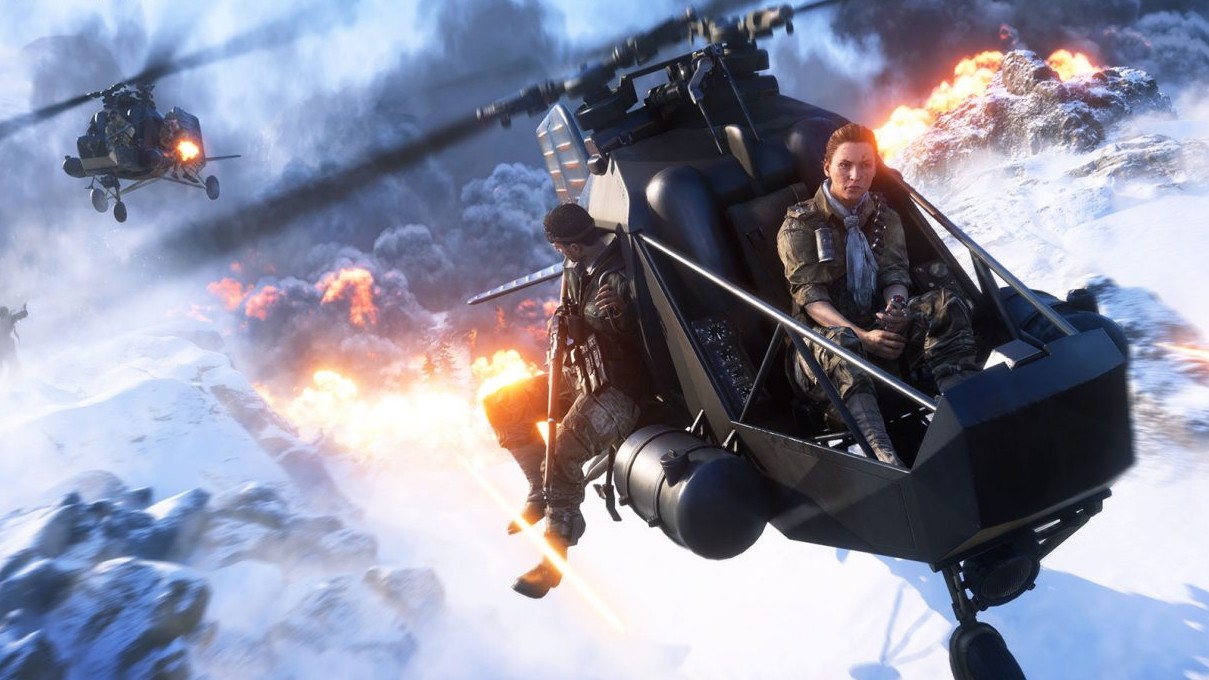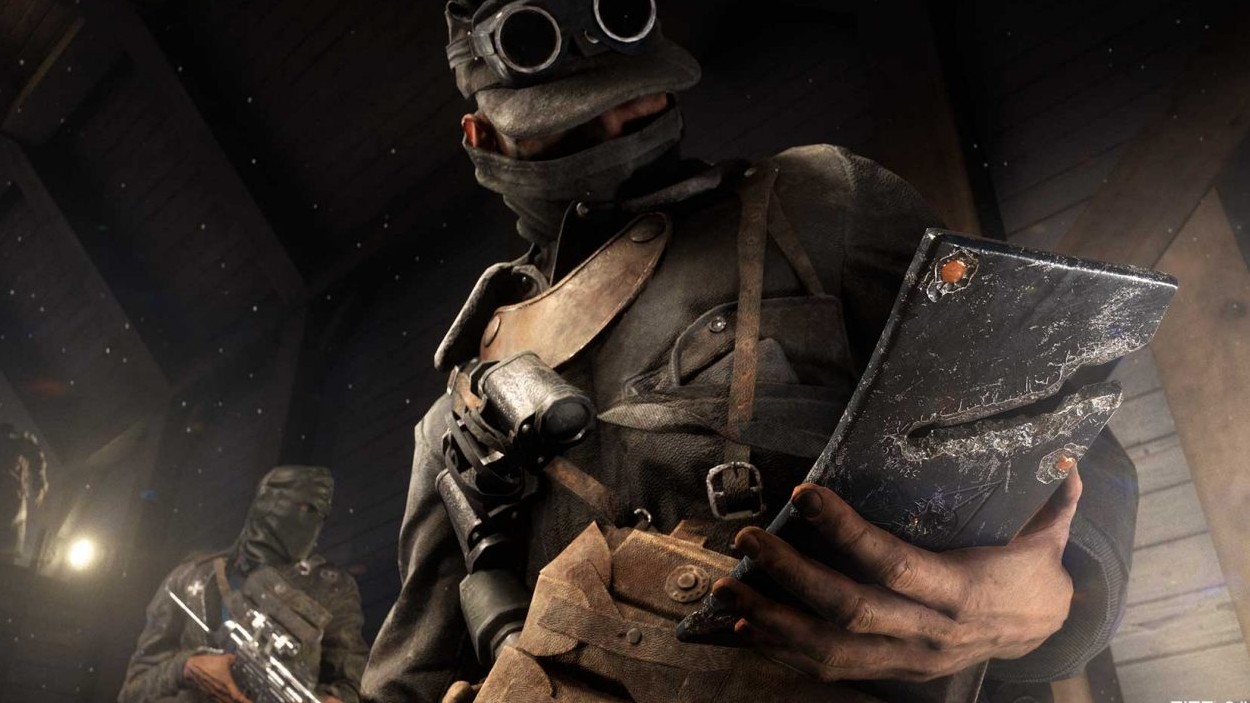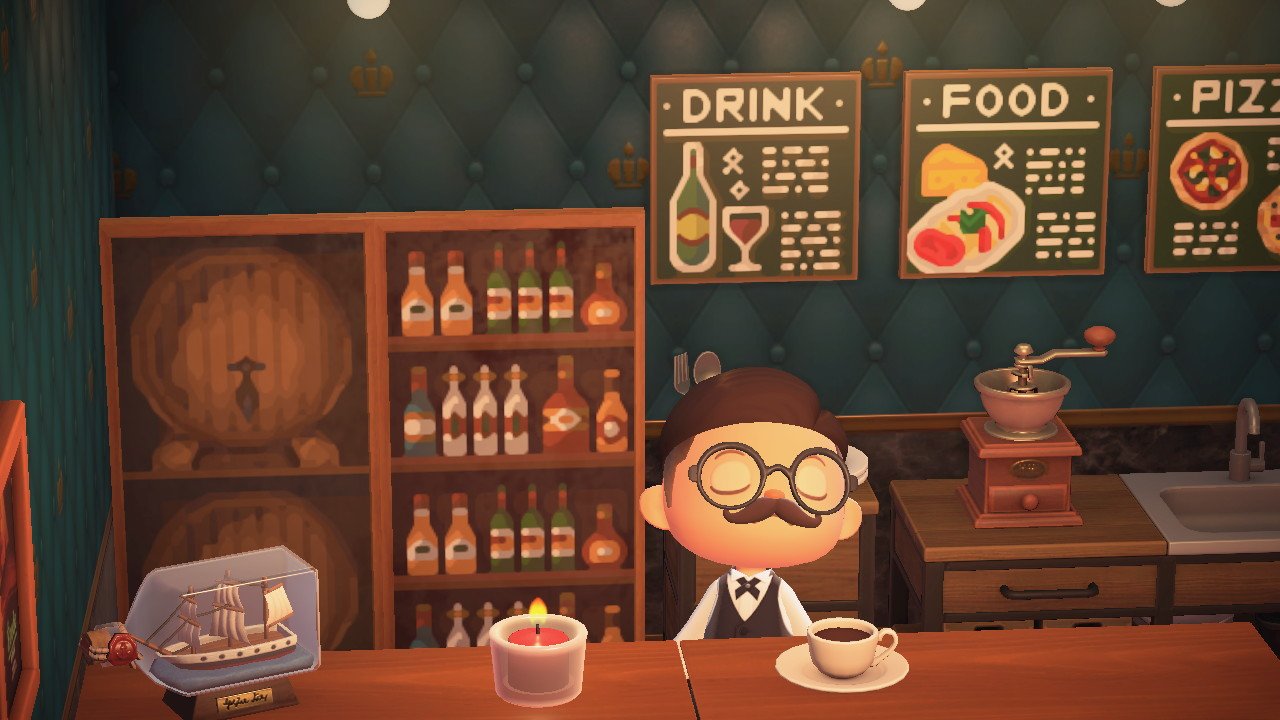Why people are returning to Battlefield Firestorm two years on from launch
The Battlefield 5 battle royale mode Firestorm is seeing a resurgence of players: Here's what Warzone could still learn from it

I wouldn't begrudge you for having completely forgotten about Battlefield 5 Firestorm. DICE's first stab at the battle royale arrived as a free update to its WW2 shooter in March 2019, but the mode was always going to struggle for the spotlight. For one thing, EA (ever the publisher for pitting its products against each other) released Apex Legends the month following, with Respawn's free-to-play Titanfall 2 spin-off quickly gobbling up any players who might have otherwise bought into Battlefield 5's paid alternative.
Battlefield 5 itself wasn't exactly having a great first year, either, riddled with balance issues, bugs, and unpopular maps which slowly soured the fanbase over its comparatively meagre multiplayer offerings. The impact of this downward momentum upon Firestorm was devastating; six months into its launch, and you'd have been lucky to find a full game within ten minutes of matchmaking.
Two and half years later, however, and DICE's shooter is in a much better place, following an extended post-launch roadmap which addressed the game's biggest technical issues and injected a healthy dose of free content into its multiplayer. Over the last two months, Battlefield 5 has also become (in essence) free-to-play through both Xbox Game Pass and PlayStation Plus, inundating it with new and returning players across both console user bases.
That has resulted in an unexpected uptick of popularity within Firestorm, which is now finding a tepid lease of life amongst both returning players, and those hopping in for the first time. As we prepare for Battlefield 6, the mode's re-emergence has us wondering; is there anything Call of Duty: Warzone, Apex, and other battle royales can still learn from Firestorm, and does DICE still have a viable future within the genre despite its previous mistakes?
Not quite fireproof


These are the fictional video game bars I want to drink at right now
By most accounts, Firestorm is an inferior battle royale to its counterparts. With a map the size of a city-state, but a session threshold of just 64 players, the battle royale runs at a lethargic pace, as engagements are rare and often between only two squads until the match's final moments.
Firestorm also makes one of battle royale's biggest blunders, with an inventory system that gets in the player's way, rather than integrating itself seamlessly into the experience. Weapons and items can be awkward to pick up and swap between, while ammo and armour management is a finicky, multi-step process, exacerbated by a UI that takes up a significant amount of real estate on the bottom right hand corner of the screen. More often than not, death will subsequently arrive from a squad who's managed to exploit your vulnerability while you're all simply trying to sort out your inventory amongst each other.
Firestorm's lack of a recovery system, such as Apex's Respawn Beacons or Warzone's Gulag, is the game's final noticeable deficiency, thinning out the already meagre player count too quickly before the match has even really begun. It can often feel like you'll spend half a game walking to the next area without seeing a single enemy, only to get suddenly killed without warning, and sent straight to a game over screen. All of these things result in a battle royale that too often feels barren, unengaging, and dull.
Weekly digests, tales from the communities you love, and more

But if Firestorm was a total disaster, players wouldn't be flocking back to it in droves this far beyond launch. I could have told you everything wrong with Firestorm two years ago, but even I've redownloaded Battlefield 5 onto my PS5 and have been hopping into games most evenings for the last few days. Why?
Because, for all its faults, Battlefield Firestorm is still Battlefield. In fact, destruction in Firestorm hasn't been this ubiquitous in a Battlefield game since Bad Company 2, since almost every building can be blown apart and completely levelled. This staple Battlefield design pillar proves to be a huge boon to the dynamics of the battle royale, too, preventing enemy camping nests and overly advantageous positions in the final circle.
Firestorm's vehicles, from dinky tractors to full-on war tanks, are also another Battlefield trademark that find a healthy home within the context of battle royale. The prototype helicopter, in particular, is a potent antidote to Warzone's overpowered choppers; fast enough to escape enemy gunfire, but too small to squish entire squads to a pulp within a single swoop.
And then there's the map itself, Halvoy. While it is far too big for its limited player count, Criterion's custom-made arena is also hands down the prettiest battle royale map I've seen to date. Inspired by the rural villages of Norway, it's crisply rendered snowscapes almost makes up for its relative scarcity when it comes to points of interest. It reminds us that Battlefield has always been the master of great visuals at great scale, even if this particular map is lacking the operatic action that the franchise is known for.
A royal farewell

"For all its faults, Battlefield Firestorm is still Battlefield."
It remains to be seen whether Firestorm's current traction will last over the summer, but even if that momentum peters out once again, the mode's legacy can live on through other games taking inspiration from the things that it did get right. One wonders what Warzone might look like with destructible skyscrapers, for example, or whether Apex could look to Firestorm when it comes to expanding its roster of vehicles in a way that doesn't completely undo its competitive meta.
Alternatively, rumours continue to circulate around a potential Fireteam successor to launch alongside the release of Battlefield 6 later this year. If that's true, then DICE could use Firestorm as a case study; acknowledging where it went wrong while doubling down on its often obscured strengths.
Battlefield battle royale needs to play exactly like that; a battle royale that only a Battlefield game could deliver, rather than the watered down experience that Firestorm failed to ever elevate itself beyond.
For more, check out the best RPG games to play right now, or watch our full review of Resident Evil 8 below.
I'm GamesRadar's Features Writer, which makes me responsible for gracing the internet with as many of my words as possible, including reviews, previews, interviews, and more. Lucky internet!



